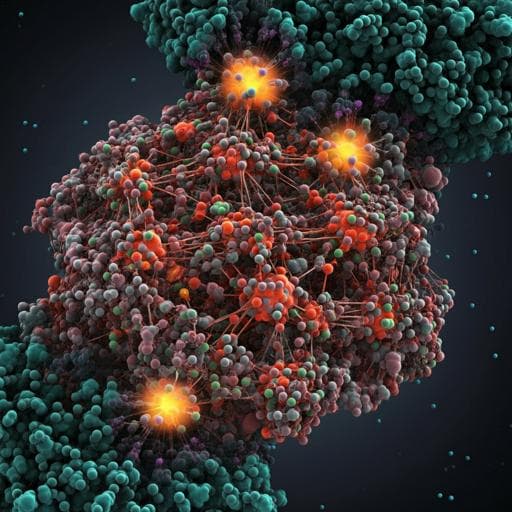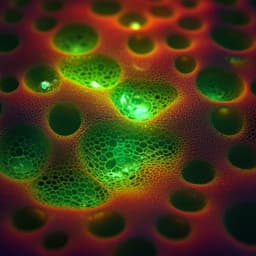
Chemistry
Proposing two-dimensional covalent organic frameworks material for the capture of phenol molecules from wastewaters
A. Ghahari, H. Raissi, et al.
This groundbreaking study by Afsaneh Ghahari, Heidar Raissi, Samaneh Pasban, and Farzaneh Farzad explores how phenol molecules interact with covalent organic frameworks (COFs). The findings reveal that while NH and OH groups bolster adsorption through electrostatic mechanisms, increased electric field strength actually diminishes affinity. With impressive free energy values at global minima, this research highlights the promise of COFs in phenol removal for wastewater treatment.
~3 min • Beginner • English
Related Publications
Explore these studies to deepen your understanding of the subject.







